15 tòa tháp sinh thái và cao ốc bền vững | Going up? Go Green!

With a burgeoning global population that has ever-growing needs for both food and housing, many architects are looking up for sustainable solutions that will prevent further sprawl and provide fresh food to urban residents. Vertical farms and skyscrapers that incorporate various functions like housing, recreation, work and tourism are like miniature self-sufficient cities, complete with transit and on-site energy production, minimizing the building’s carbon footprint and that of its residents.
1. La Tour Vivante: International Sustainable City

(images via: Atelier SOA)
La Tour Vivante is a vertical farm skyscraper with a light-shading skin that wraps around the structure and admits sunlight to targeted locations for both functional and aesthetic purposes. Designed by French architecture firm Atelier SOA, the skyscraper’s sustainable features include wind power, reclaimed rainwater, biogas production and on-site food production.
The architects explain, “The separation between city and countryside, urban planning and natural areas, places of living, consumption and production is increasingly problematic for sustainable land management. The concept of Tour Vivante aims to combine agricultural production, housing and activities in a single system.”
2. Toronto Sky Farm Concept by Gordon Graff


(images via: The Rathaus)
Designed by Gordon Graff when he was a Masters of Architecture student at Waterloo University, the Toronto Sky Farm concept seeks to provide enough food for 35,000 citizens per year. Though that may not be nearly enough to feed all the residents of downtown Toronto, it’s a start. Sky Farm would stand 59 stories tall with half its power produced by methane from plant waste. The hydroponic farming system would be fed with fresh water from Lake Ontario.
3. House of Peace Hotel in Tanzania Inspired by Nature

(images via: Inhabitat)
When WOW Architects set out to design the ‘House of Peace’ hotel in Tanzania, they found inspiration for its sculpted shape in the geological processes that shape rock formations in nature. With gentle slopes and greenery peeking out between floors, the concrete hotel is an interpretation of the way plate tectonics create hills, which are then molded by weather and stratified by sediments. Even the texture of the walls is drawn from that of fossils often found in such hills.
4. Almeisan Tower Brings Sky-High Sustainability to Dubai

(images via: Gizmag)
Though it’s unlikely to ever be built, the Almeisan Tower concept is nevertheless a fascinating peek at the ways in which we may be able to provide food for ourselves in the future. Created by architect Robert Ferry for a competition to design a tall emblem structure for Za’abeel Park in Dubai, Almeisan Tower would use solar cells and large mirrors to generate its own power as well as the power required to run the rest of the park.
5. Axis Mundi’s Wacky Pop-Art Idea for MoMA Tower

(images via: Design Boom)
Though it was Pritzker Architecture Prize Laureate, Jean Nouvel, who was actually selected to design the expansion of New York City’s Museum of Modern Art, another architect almost stole his thunder. Axis Mundi submitted an alternative design idea for the tower, with a stacked design that features vegetated walls and gigantic reproductions of iconic pop art. Firm founder John Beckmann said of the concept, “Instead of disguising the rich potential of towers that have a mix of uses, we looked for a way to express that diversity.” The resulting mixed-use mishmash certainly stands at a stark contrast to Nouvel’s sleek, contemporary winning design.
6. Entangled Bank: Green-Walled Eco-City

(images via: ArchDaily)
Charlotte, North Carolina firm LITTLE designed the Entangled Bank concept, a holistic design that “combines heavy duty technological prowess with artistic integration of systems”, as a juror of the Re:Vision Dallas competition described it. The concept connects various elements of community like housing, recreation, work and tourism in a sustainable shell that includes a living wall, wind turbines and an onsite biogas plant.
7. XERO Project Envisions Sustainable Dallas

(images via: David Barker + Partners)
While the Entangled Bank concept turned heads and made it to the top 3 in the Re:Vision Dallas competition, it was the XERO Project that took first place. The David Barker + Partners/Fletcher Studio design is based around the question, “What if one block in Texas became the sustainable model for the world?” The design envisions a high-density, zero-energy, agriculturally oriented pair of buildings that include public orchards, community gardens, food stalls, restaurants, retail space and housing. The design also imagines connecting the building to greater Dallas with intersecting greenways.
8. The Zuidkas Sustainable Tower in Amsterdam

(images via: Plus Mood)
How green can a skyscraper get? Architectenbureau Paul de Ruiter decided to find out with a design commissioned by the Government Buildings Agency of the Netherlands for a mixed-use building in Amsterdam. De Ruiter aimed to achieve the highest score possible on a range of environmental objectives to help the government determine a future standard for sustainability in architecture. The design consists of a glass envelope that accommodates a variety of ‘green houses’ – atria, CO2 greenhouses and hybrid greenhouses – in addition to offices, homes, a school and retail facilities.
9. Plantagon Geodesic Vertical Farm

(images via: Inhabitat)
Swedish-American company Plantagon has come up with an unusual twist on the vertical farm concept: a geodesic greenhouse containing a spiral ramp upon which fresh crops can be grown in urban environments. Plantagon says the farm “will dramatically change the way we produce organic and functional food. It allows us to produce ecological [resources] with clean air and water inside urban environments, even major cities, cutting costs and environmental damage by eliminating transportation and deliver directly to consumers. This is due to the efficiency and productivity of the Plantagon® greenhouse which makes it economically possible to finance each greenhouse from its own sales.”
10. Vertical Park: Stackable Architecture for Mexico City

(images via: Archicentral)
Not only do we need vertical buildings that bring many functions into one building, preventing the destruction of what little green space we have left, but we also need structures that can meet our needs as they evolve. The stackable ‘Vertical Park’ concept by Jorge Hernandez de la Garza is a modular skyscraper designed for Mexico City, where space is definitely at a premium. Each module provides spaces for living, working, urban farming, water reclamation and solar energy collection.
11. Pyramid Farm

(images via: The Vertical Farm Project)
Architecture professors Eric Ellingsen and Dickson Despommier have dreamed up yet another way in which agriculture can be incorporated into urban environments in the future. The Pyramid Farm offers a self-sustaining ecosystem that are capable of producing a wide variety of food – including fish and poultry – while also minimizing waste as much as possible. It would even have processes in place to transform waste into energy sources that could run the farm.
12. Dragonfly Urban Farm Concept

(images via: Vincent Callebaut)
Few urban farm concepts are quite as visually stunning as Vincent Callebaut’s Dragonfly, a tall wing-like structure designed around the Southern bank of Roosevelt Island in New York City. This entirely self-sufficient concept features two oblong towers and 128 floors filled with housing, offices, laboratories and farms that would be tended by the building’s occupants. The greenhouse, which defines the space of the design, supports the load and is buttressed by two inhabited rings covered in solar panels.
13. Harvest Green Tower

(images via: Design Boom)
Romses Architects envisioned the ‘Harvest Green Tower’ for Vancouver, winning a competition held by the city of vancouver ‘the 2030 challenge’ to find new methods of green building that can help address climate change issues. The Harvest Green Tower produces food – including boutique goat and sheep dairy – and generates its own energy through wind and solar power. Incorporated within the tower are also residences, transit, offices, retail space and research facilities.
14. Aberrant Agriculture by Scott Johnson

(images via: Rat Haus)
The Aberrant Agriculture concept by Masters of Architecture student Scott Johnson not only combines vertical farming, residential, hotel and retail functions in one sustainable skyscraper, it also processes and sells the food that is produced within. The agricultural core of the building grows 12 ‘power foods’ including berries, garlic and beans and whatever the building’s residents couldn’t eat would be sold to the public.
15. Modular Skyscraper Additions Add Garden and Power Producing Space

(images via: Ecoble)
All of these ideas for the sustainable skyscrapers of the future are great, but what about all the waste that would be generated by tearing old buildings down, and wasting new resources to rebuild? That’s where this concept by Daekwon Park comes in. It’s a modular system designed to act as add-ons for existing buildings, adding space for outdoor recreation, vertical gardening and wind power generation as well as other functions as needed.
- Sáng tạo trẻ: Nhà nổi lưỡng cư 115
- Cách chèn ảnh vào bài viết 14
- Biện pháp thi công (Download file CAD) - GS. Lê Kiều 12
- Viện hàn lâm Khoa học California mới với mái nhà xanh trên 1 hecta 12
- BTH: Cảnh quan - Công Viên - Quảng Trường | Landscape Architecture 10
- Định nghĩa về cái đẹp 9
- Hướng dẫn cách phân tích hiện trạng trong bước thiết kế concept kiến trúc 8
- Về cái tên "sông Cửu Long" của người Việt 8
- 6 vùng văn hóa ở Việt Nam 8
- Phân biệt Quy chuẩn xây dựng VN và Tiêu chuẩn VN 8







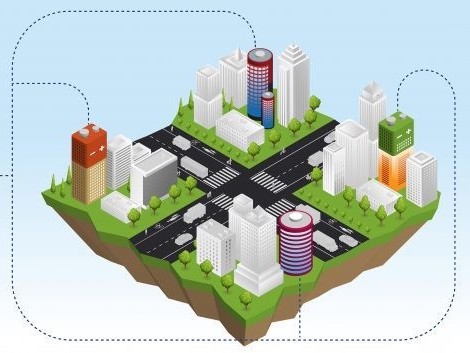
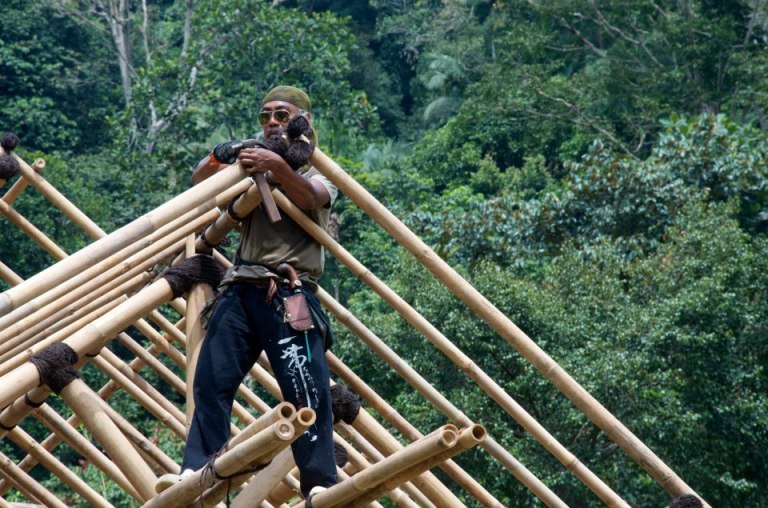
.jpg)
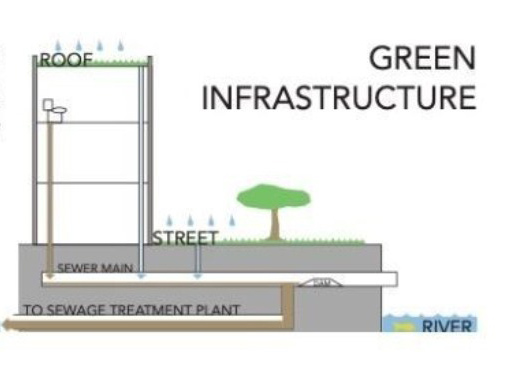
.jpg)
.jpg)


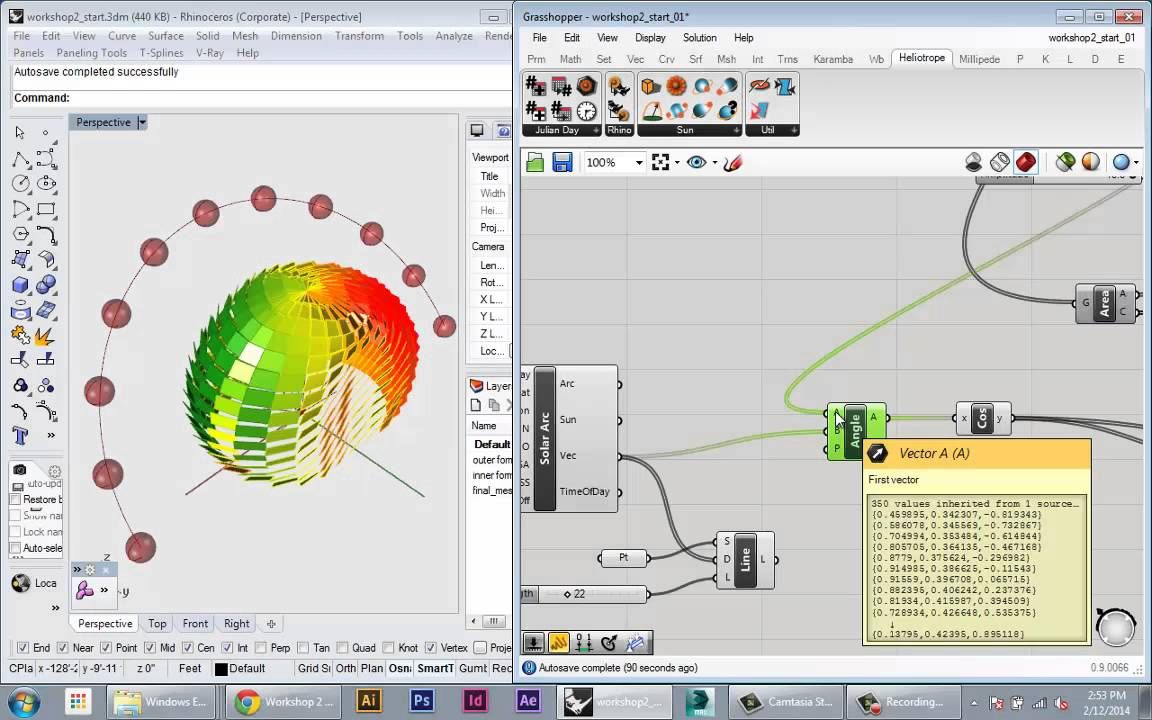
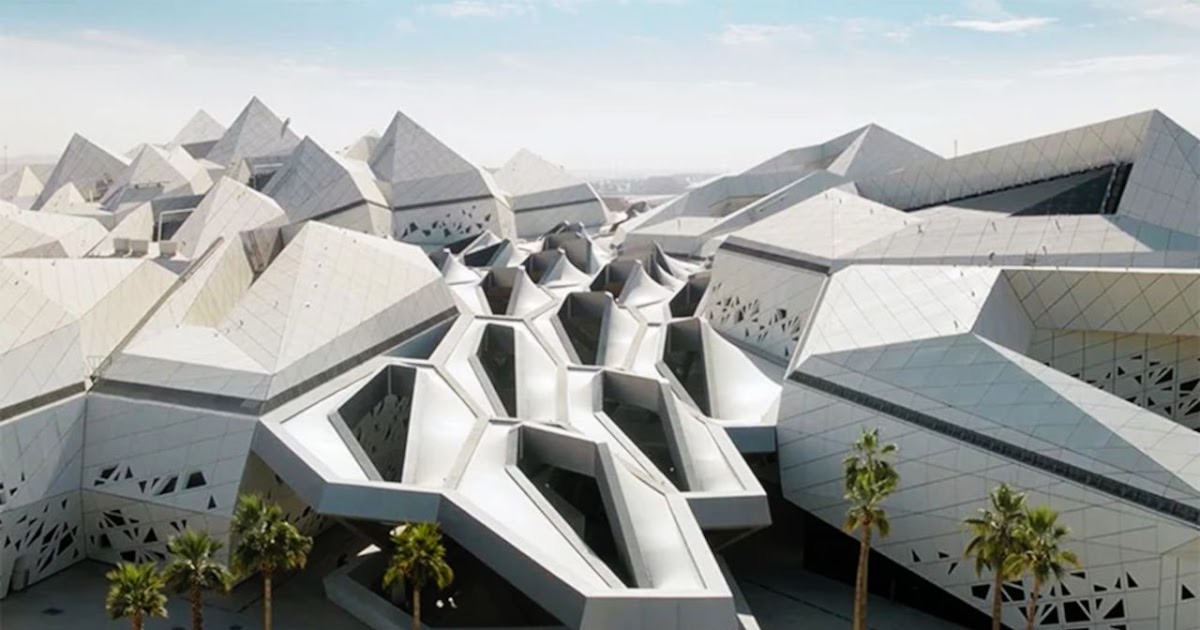
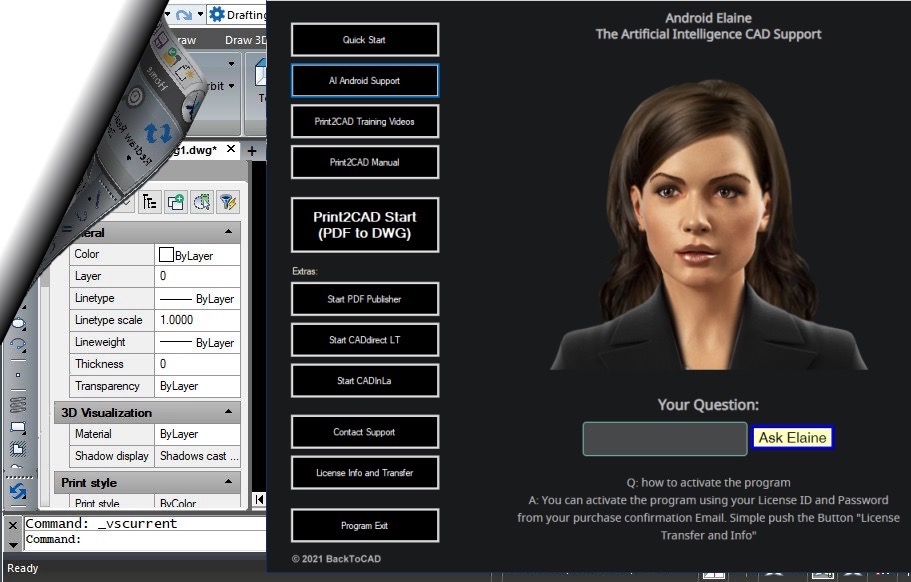
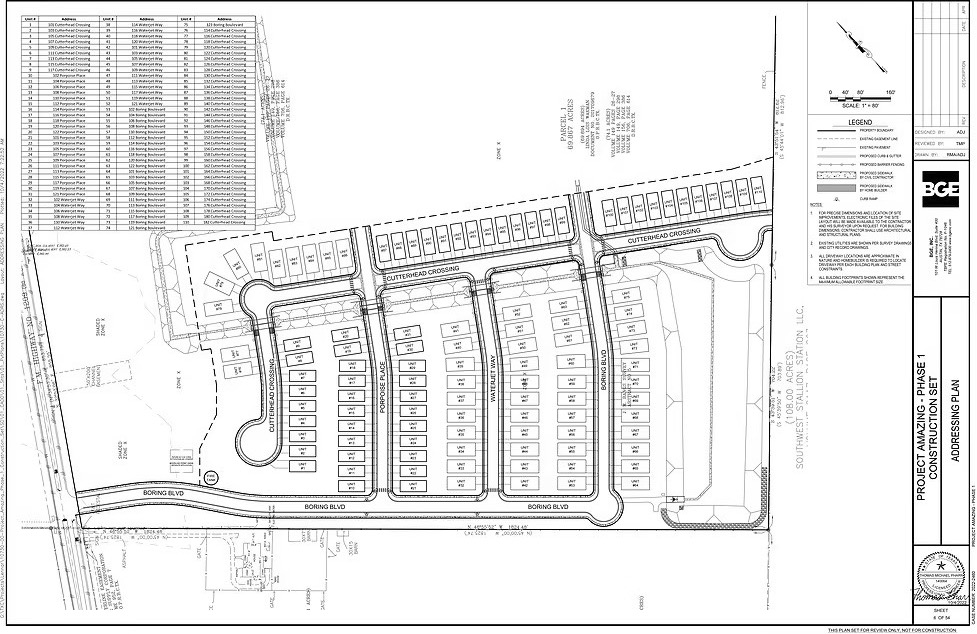
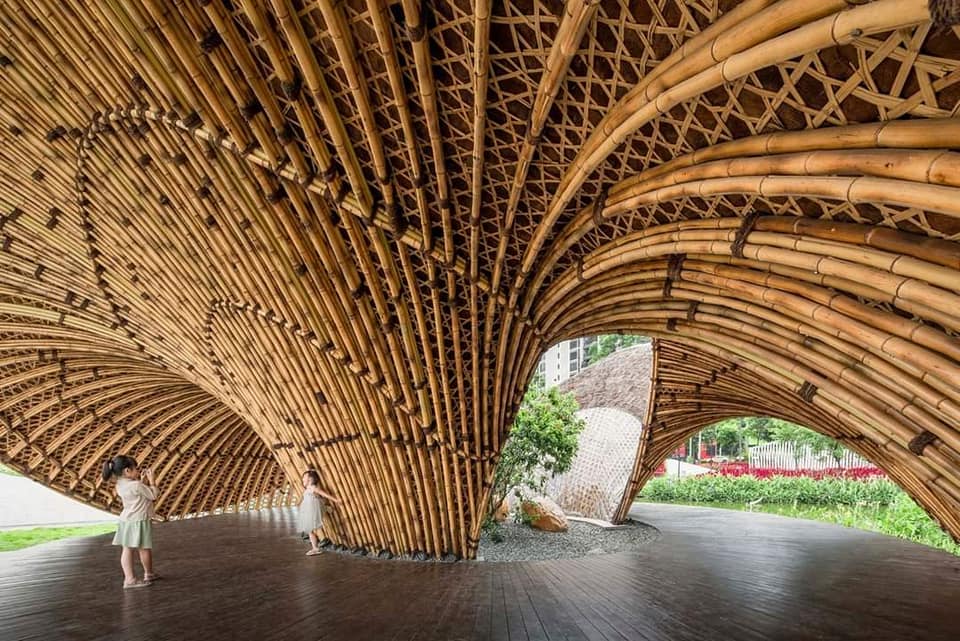
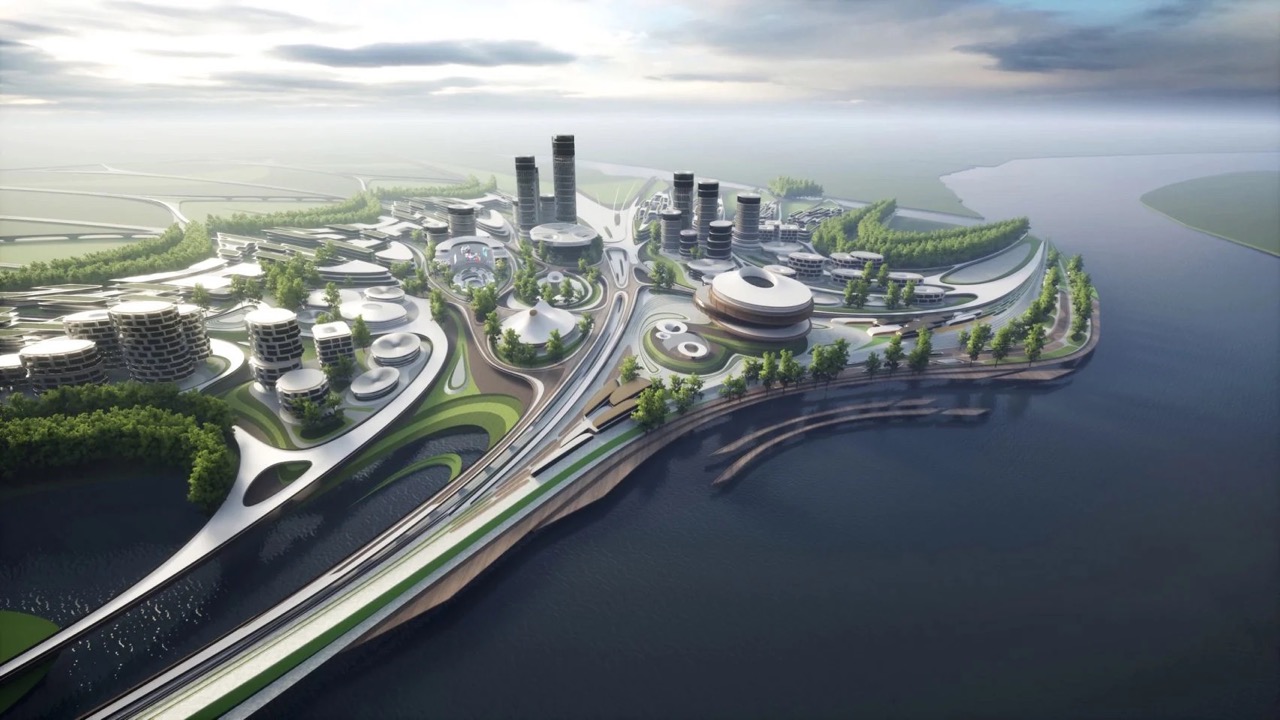
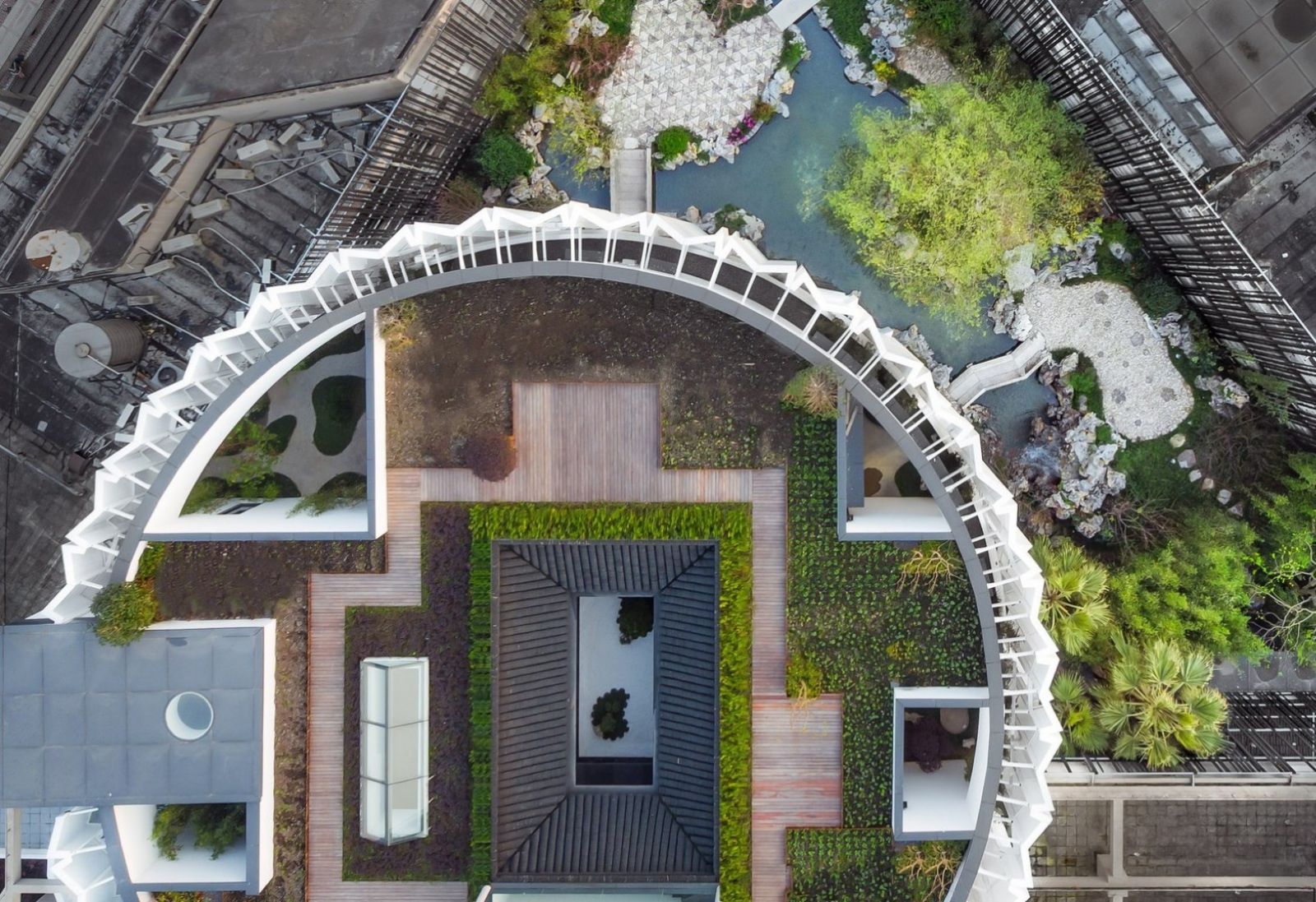
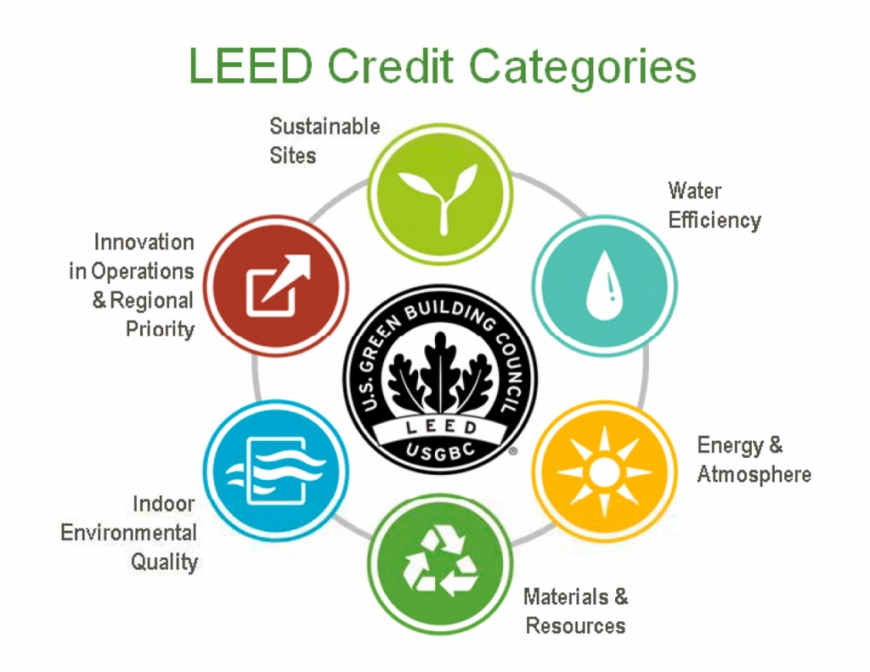
.jpg)
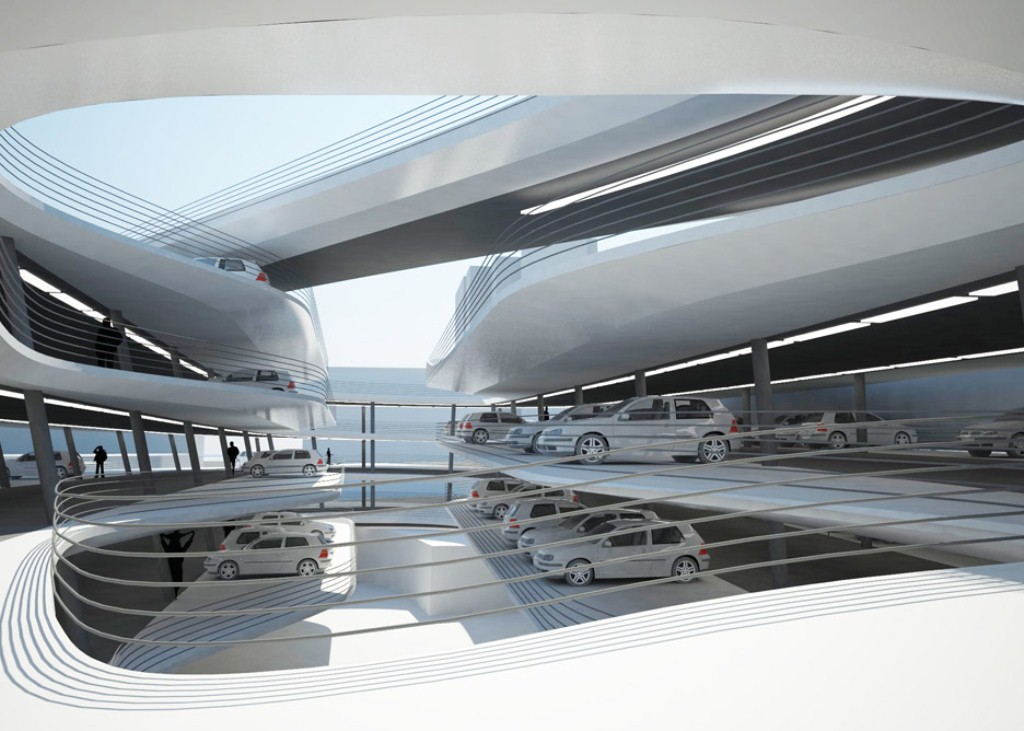
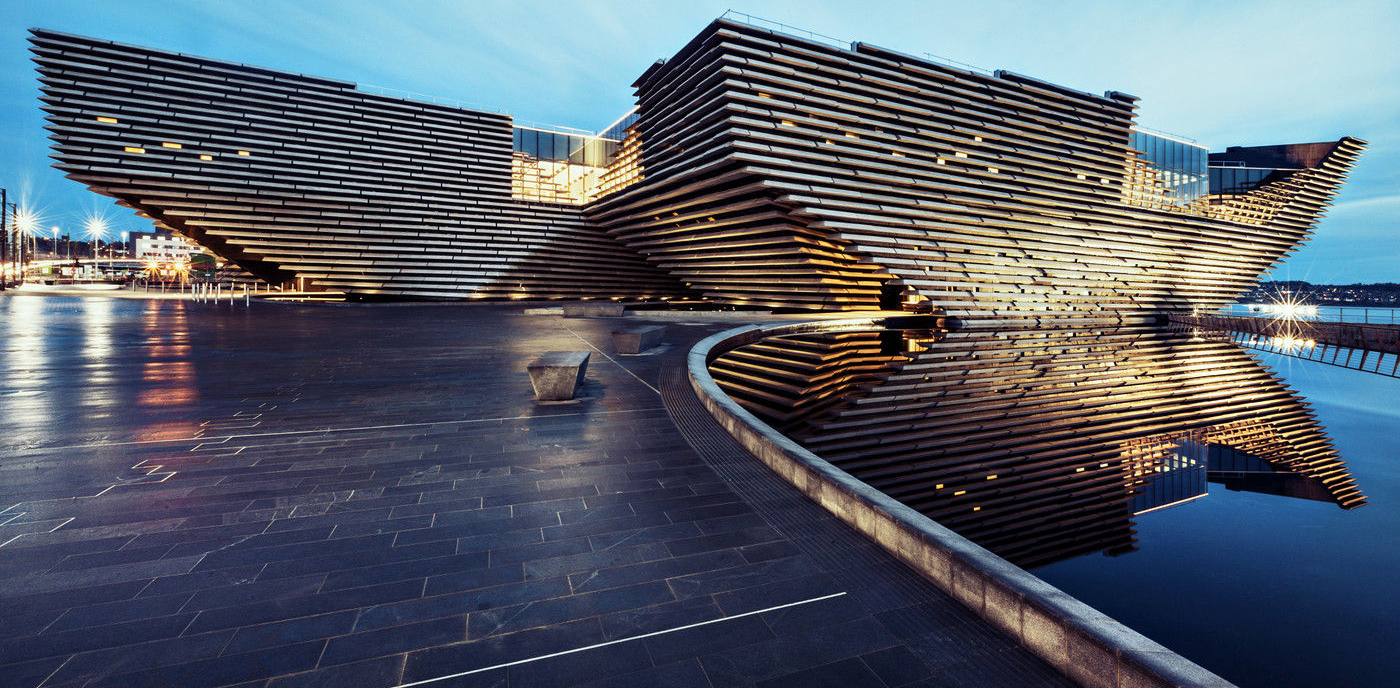

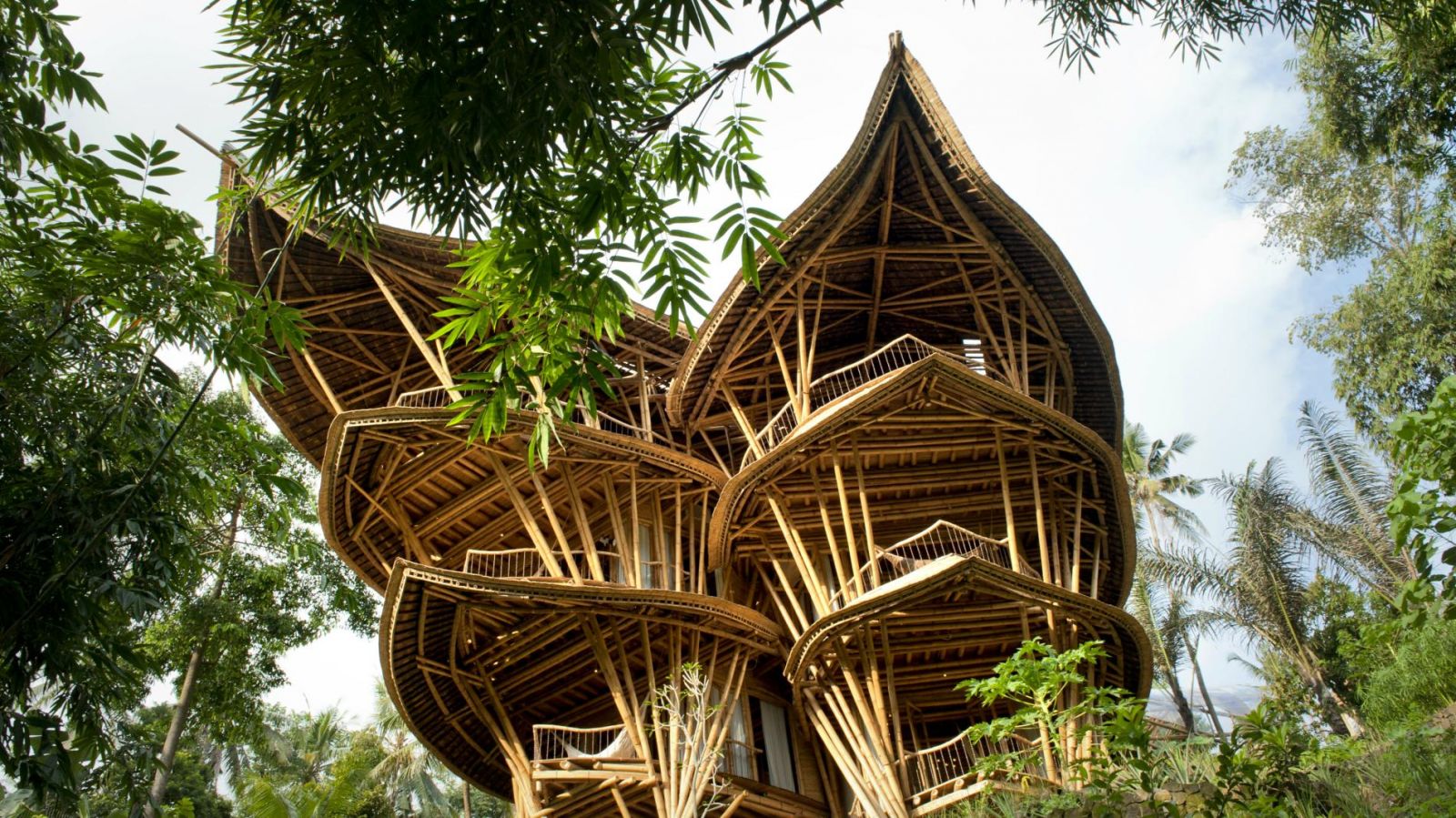








.png)
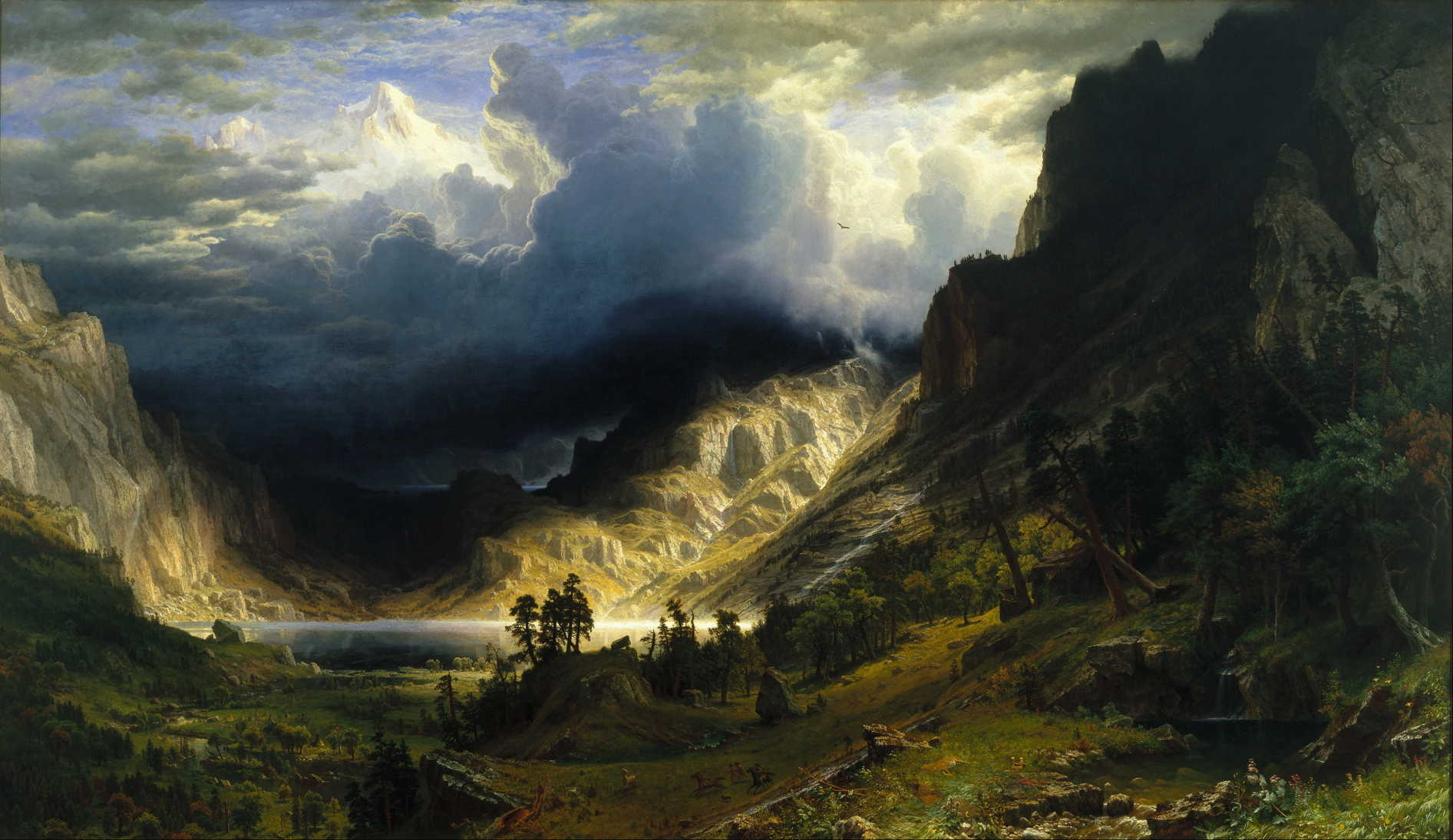
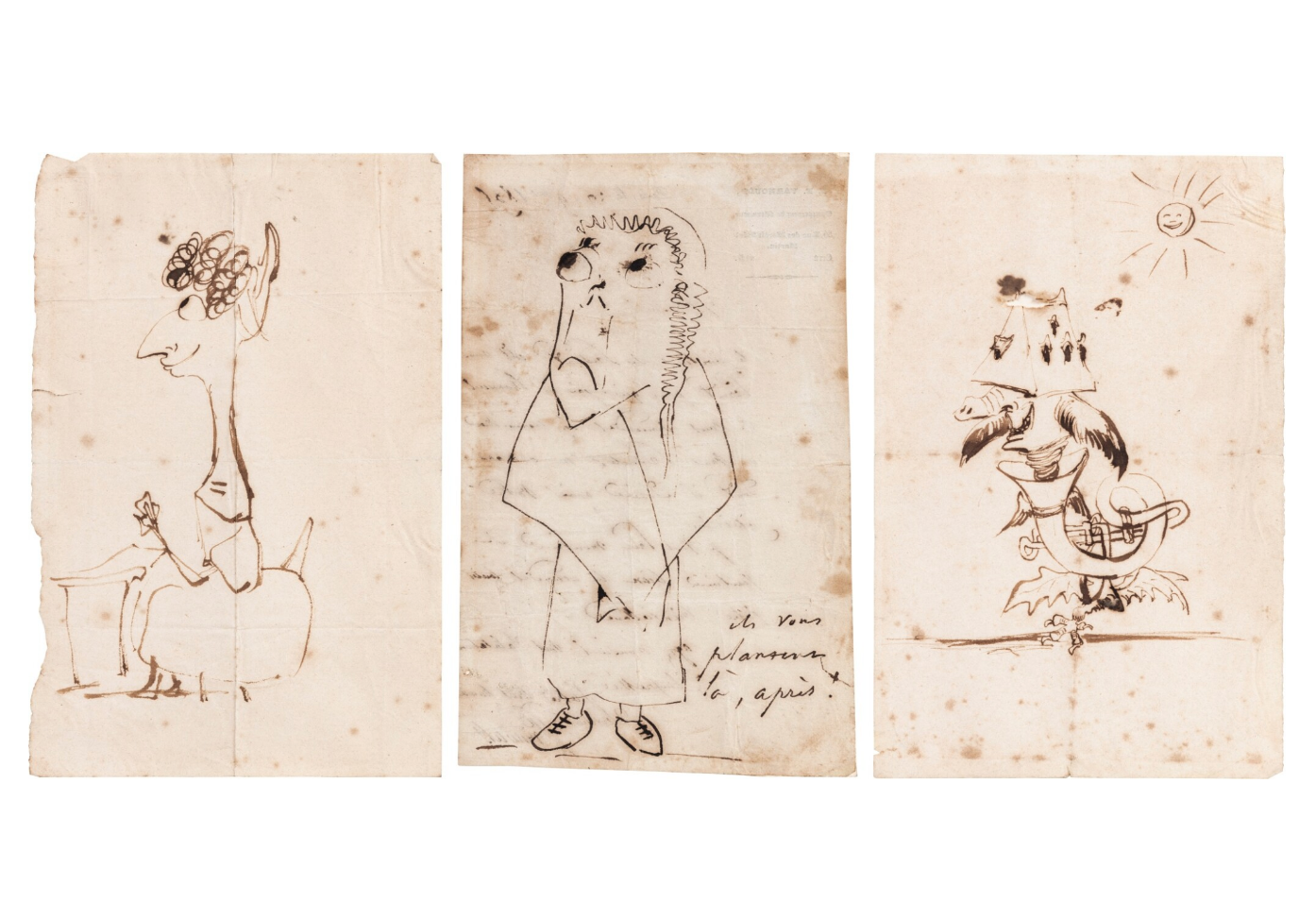
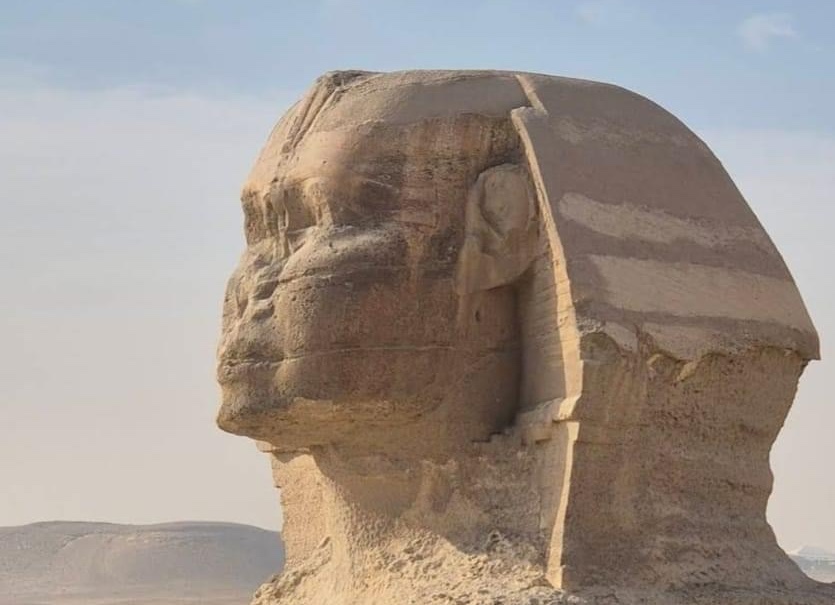
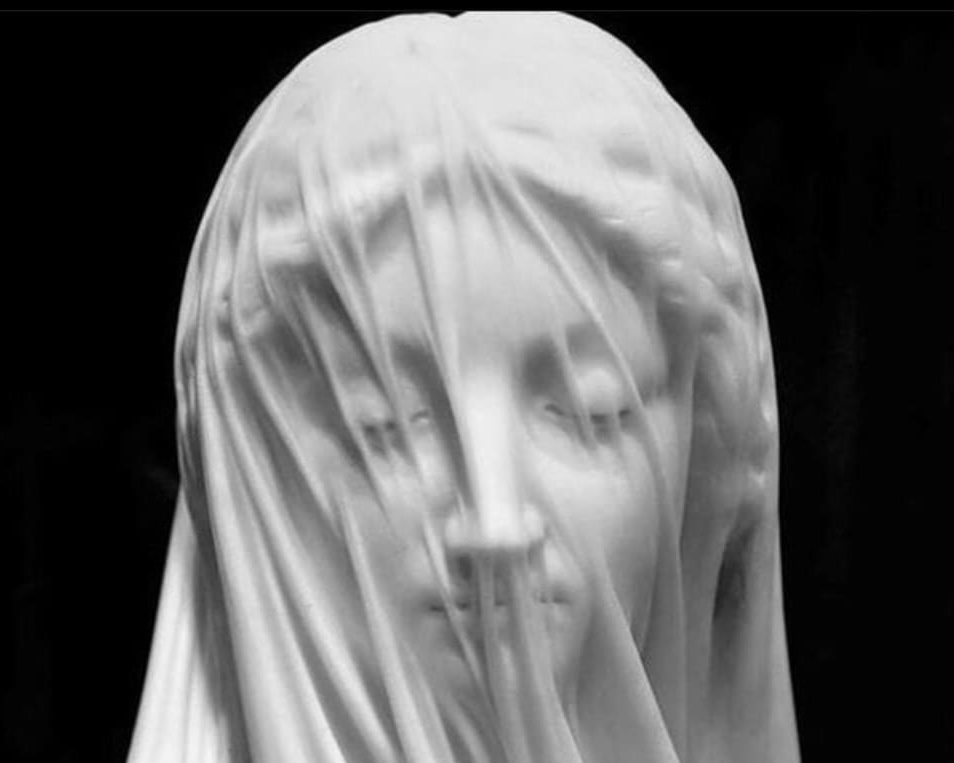

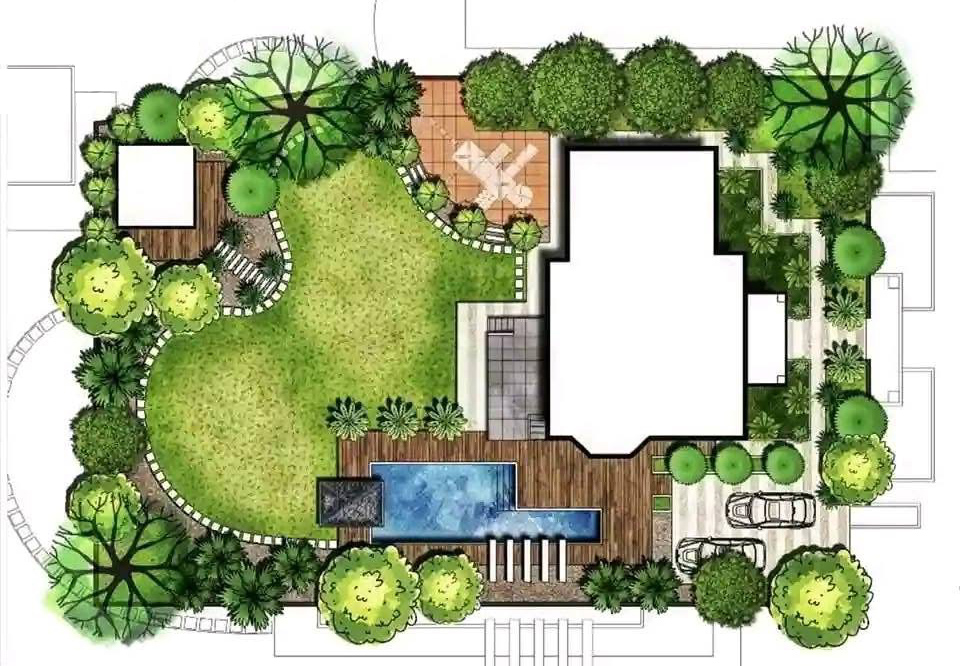



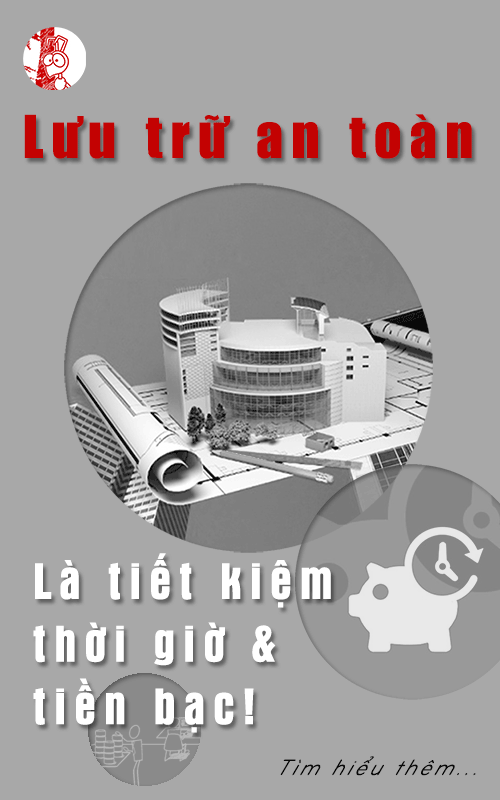


Bình luận từ người dùng